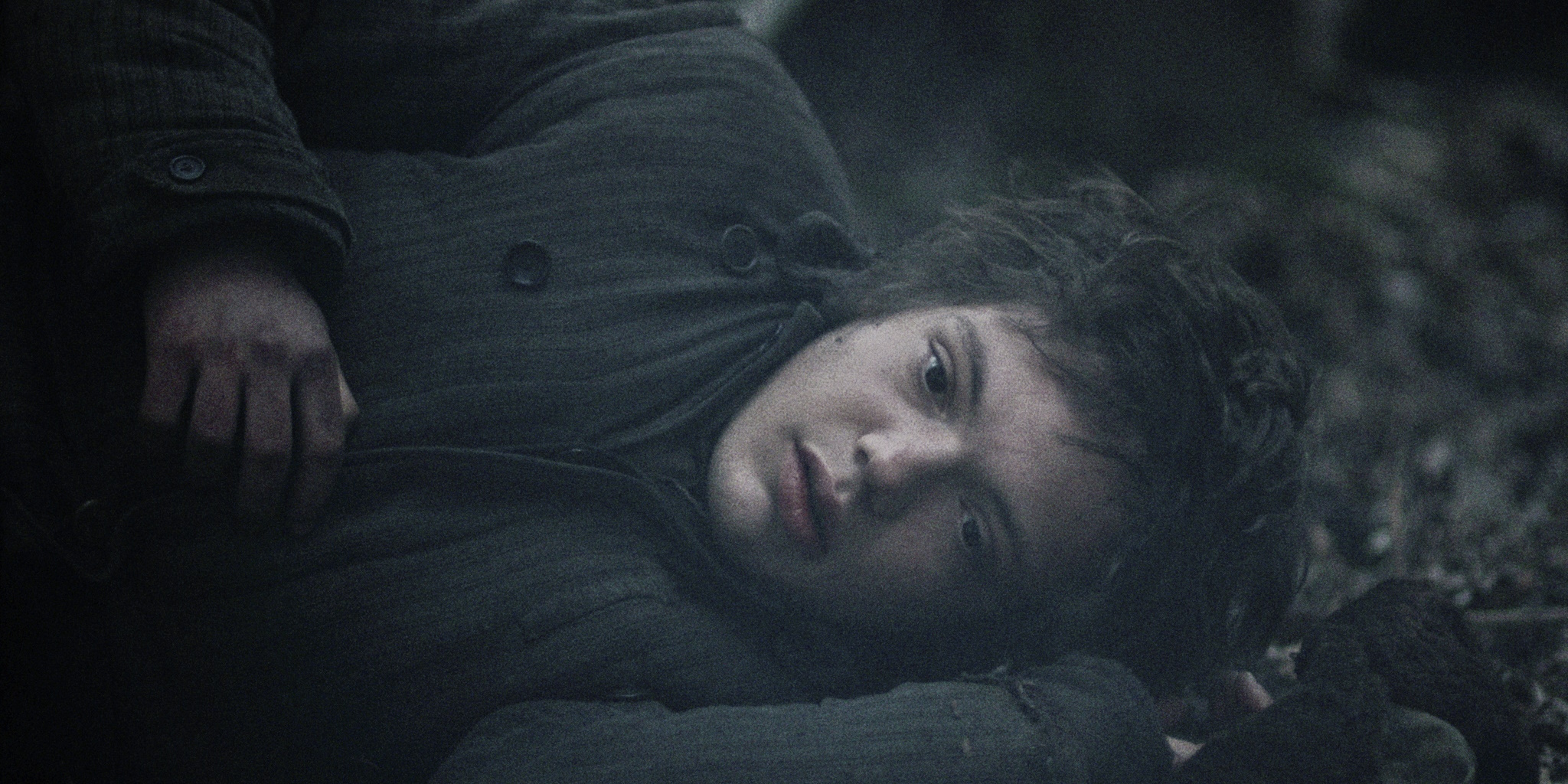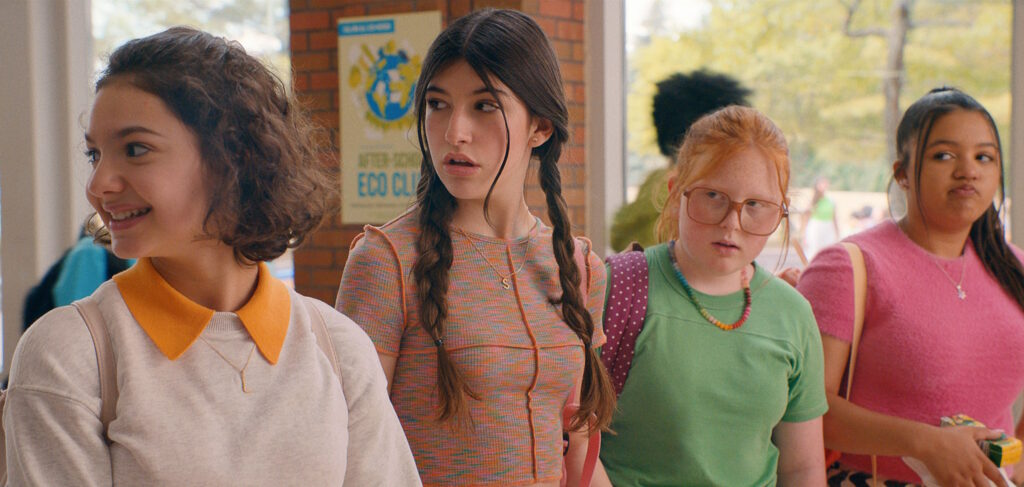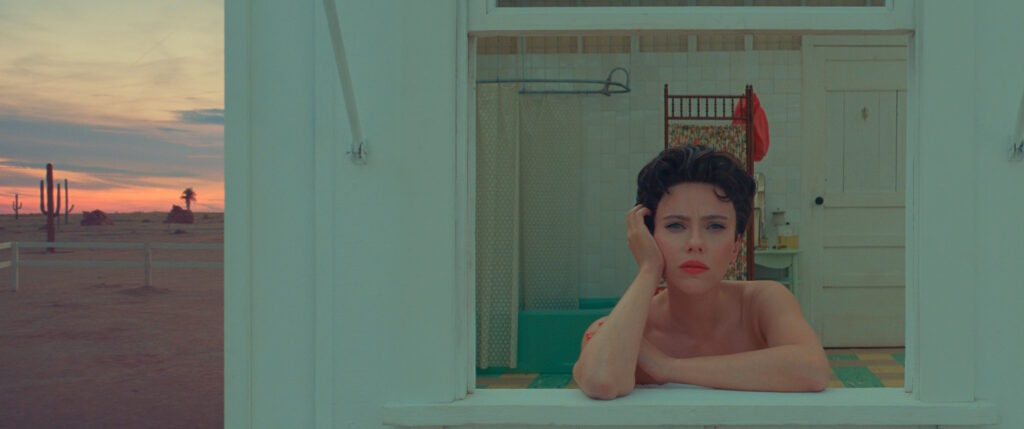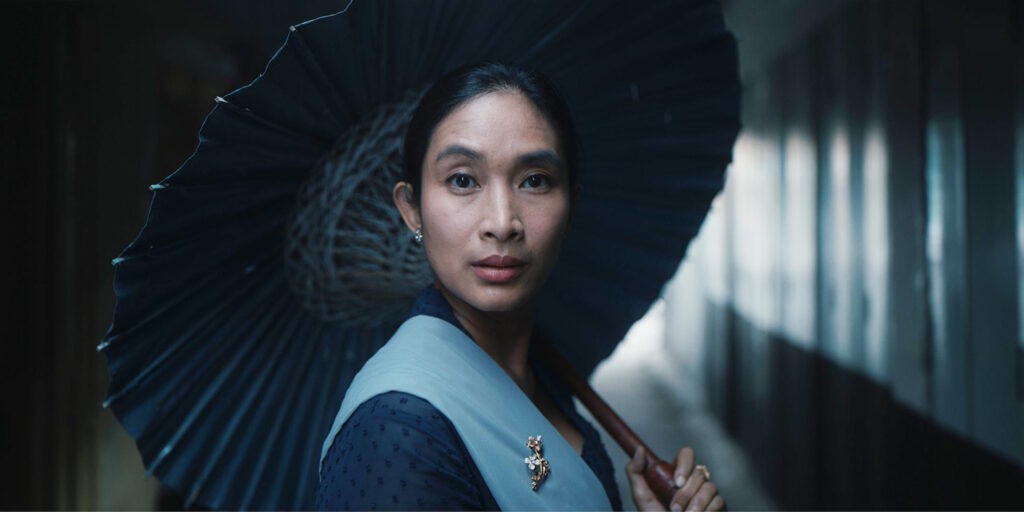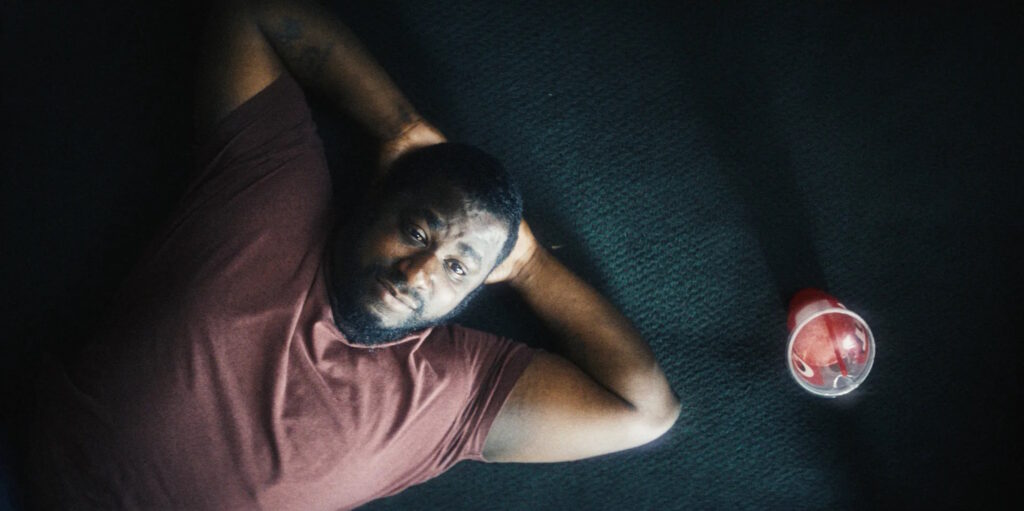The popular perception of Eastern European cinema is one of long, slow, and unrelentingly bleak films. This stereotype has been bolstered by a recent anti-intellectual social-media trend deriding any movie, real or imagined, that dares to stray even slightly outside American multiplex conventions. (A lot of these rants consist of hacky, inaccurate descriptions of Béla Tarr’s 1994 masterpiece Sátántangó, for some reason.) On the one hand, it is hardly surprising that 40-plus years in the shadow of Communist authoritarianism would impart a grim sensibility to the art produced in the former Soviet Socialist Republics and Eastern Bloc nations. On the other hand, the reality of Eastern European cinema is far too diverse and nuanced to be covered by such sweeping generalizations. Witness, for example, the prevalence of absurdist black comedy in both the Czech New Wave of the 1960s and the Romanian New Wave of the 2000s. Or the animated shorts and features of Czech filmmakers such as Jiří Barta and Jan Švankmajer, which range from whimsical to downright surreal. Or the recent work of Ukrainian director Valentyn Vasyanovych, whose films are desolate, ponderous affairs by modern blockbuster standards, but still proffer a hopeful ember of human resilience.
That said, In the Dusk, the latest feature from Lithuanian filmmaker Šarūnas Bartas* (Peace to Us in Our Dreams, Frost) is doing its level best to buttress the stereotype of the chilly, plodding, despair-choked movie that one expects from a former Soviet republic. Bartas’ varied filmography encompasses both gritty crime thrillers and avant-garde silent cinema, but In the Dusk appears to be his first foray into weighty period drama. Set primarily in a nameless rural village in 1948, the film unsparingly depicts the violent oppression experienced by everyday people in postwar, Soviet-occupied Lithuania. This is a period of entrenched anti-Communist resistance, as nationalist guerillas known as the Forest Brothers wage a protracted partisan insurgency against the USSR. Having tasted democratic independence during the interwar period and survived the horrors of the German occupation, many Lithuanians are unwilling to simply roll over for the Soviet Army, although the patience and brutality of their Stalinist overlords have taken a toll on the region’s increasingly ragged freedom fighters.
Bartas consistently favors a reserved naturalism over expository needs, and, as such, this sort of detailed historical context is mostly absent from the film. Instead, the screenplay by Bartas and Ausra Giedraityte primarily focuses on the subjective viewpoint of 19-year-old Unte (Marius Povilas Elijas Martynenko, giving off young Lukas Haas vibes), a peasant who is drawn to the courage and tenacity of the partisans. His adopted father, Jurgis (Arvydas Dapsys), is anxious about the risk Unte takes in making his regular forays to the guerillas’ secret forest camp, notwithstanding Jurgis’ own antipathy towards the Soviet occupiers. Unte might be legally an adult, but he doesn’t yet understand the cunning and cruelty of the Soviet Army and secret police, the NKVD. When he is abashed to learn that this father lied to him about fate of a vanished neighbor family – who did not sell their house and move away, but were, in fact, exiled and executed by the Soviets – Jurgis rejoins, “What you don’t know can’t hurt you.” This might be a handy adage to justify sheltering a child from the terrors of the world, but it’s also patently untrue: Ignorance can be fatal, especially when there are jackbooted wolves prowling the countryside.
Fittingly, Bartas presents his film as if it were the slow-cinema version of cloak-and-dagger thriller, where the movement of knowledge is more decisive than military might. If the partisans had to face the Soviet Army toe-to-toe – even in the form of the bedraggled, undersupplied troops in the village garrison – the local resistance would be decisively quashed. Hence, preserving the secret of their hidden camp is the guerillas’ highest priority, just as the Soviets are obsessed with sniffing out civilian sympathizers who might know of its location. Given that he is a landowner and not shy about his distaste for communism, Jurgis is eventually forced to hide in his own barn as the Army seizes his farmhouse and rounds up his already-destitute neighbors to squeeze them for their last ruble. Crude class lines are drawn, loyalties are strained, and existing tensions are exacerbated. He might be a dirt-poor peasant by contemporary standards, but Marxist dogma sees Jurgis as a moneyed kulak, while his resentful hired hand Ignas (Valdas Virgailis) perks up at the prospect of some Soviet-mediated wealth redistribution.
This perhaps makes In the Dusk sound more eventful than it proves to be in practice. Although the filmmaker conveys a strong sense of his story’s life-or-death stakes, Bartas is less concerned with narrative momentum than with steeping in the sensations of this cruel, ragged, not-yet-modernized world. The first shots in the film linger for an extended duration on creaking conifers swaying in the winter wind and a pair of dirt-caked, quivering hands vainly seeking warmth from a paltry campfire. Bartas savors the grubby textures of this setting: frozen mud and rusted iron; cracked leather and warped wood; dirty fingernails and pock-marked skin. At every opportunity, the film seeks to remind the viewer that life in rural Lithuania – even in the mid-20th century – is a miserable ordeal of back-breaking labor, brutal violence, and random misfortune. Everyone is hungry, sickly, and freezing, except perhaps the Soviets, who have grown sadistic in their homesick boredom.
Although Unte is the clear protagonist, the film doesn’t hew exclusively to his somewhat guileless viewpoint, often dawdling with the villagers, guerillas, and other secondary characters. These subplots may be Bartas’ way of enriching his setting, but the filmmaker is so averse to expository dialogue that the relationships between characters are often unclear. Jurgis’ resentful older wife, Elena (Alina Zaliukaite-Ramanuaskiene), is a prominent casualty in this respect: This viewer spent 30 minutes puzzling over whether she was Jurgis’ mother, his sister, or Unte’s grandmother. In the Dusk is strongest when it sticks to Unte’s imperfect but compelling perspective: his shock and curiosity when he stumbles on a murdered neighbor; his silent eavesdropping on the guerillas’ political debates; and his emerging relationship with the scholarly priest-turned-partisan Deacon (Salvijus Trepulis).
While the viewer might be momentarily lulled by brief, warm interactions between the film’s characters, such fleeting glimpses of humanity can’t truly suppress the feature’s prevailing aura of ashen despair and looming ruin. When the guerillas speak of a Soviet withdrawal from Lithuania in six to 12 months, it doesn’t feel like patriotic optimism but perilous delusion – and not merely because the viewer knows how long the struggle for independence from the USSR actually took. Everything about In the Dusk’s style and construction suggests that its characters are not destined for victory, or even the catharsis of a narrow, unlikely escape. When one of the partisans sings a Lithuanian folk song to himself early in the feature, it already sounds like a requiem. This is, after all, one of those long, slow, and unrelentingly bleak Eastern European films.
* In 2017, Bartas was accused of sexual harassment and assault by two women, Julija Steponaityte and Paule Bocullaite. Bartas has not been charged criminally to date, but the accusations are worth noting for the sake of prospective viewers who may wish to take them into account.
In the Dusk will be available to stream on Film Movement Plus on Friday, May 26.
